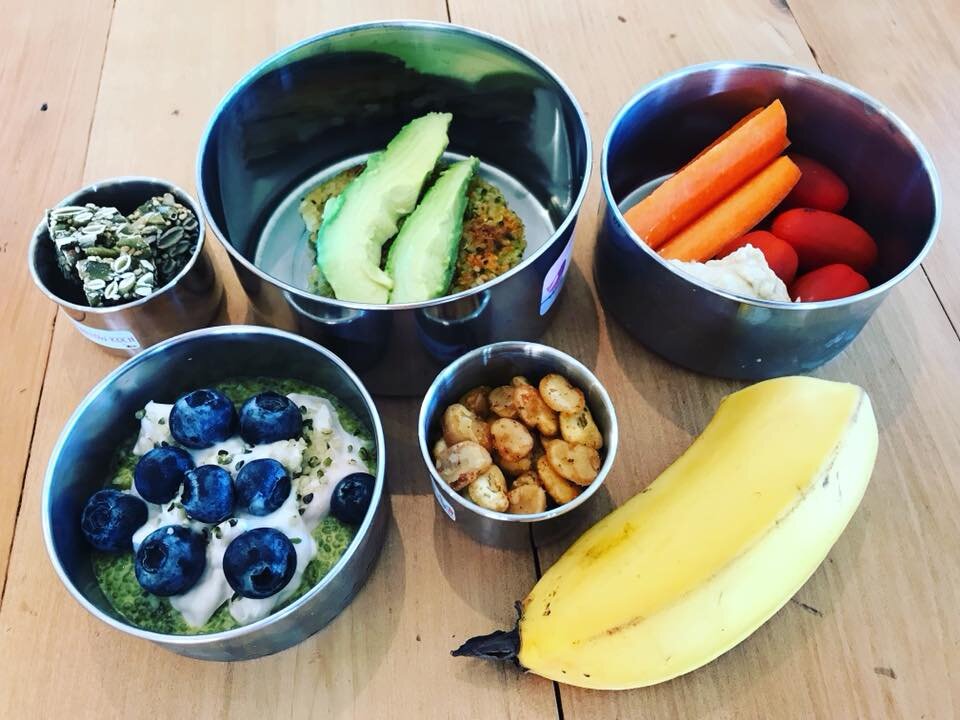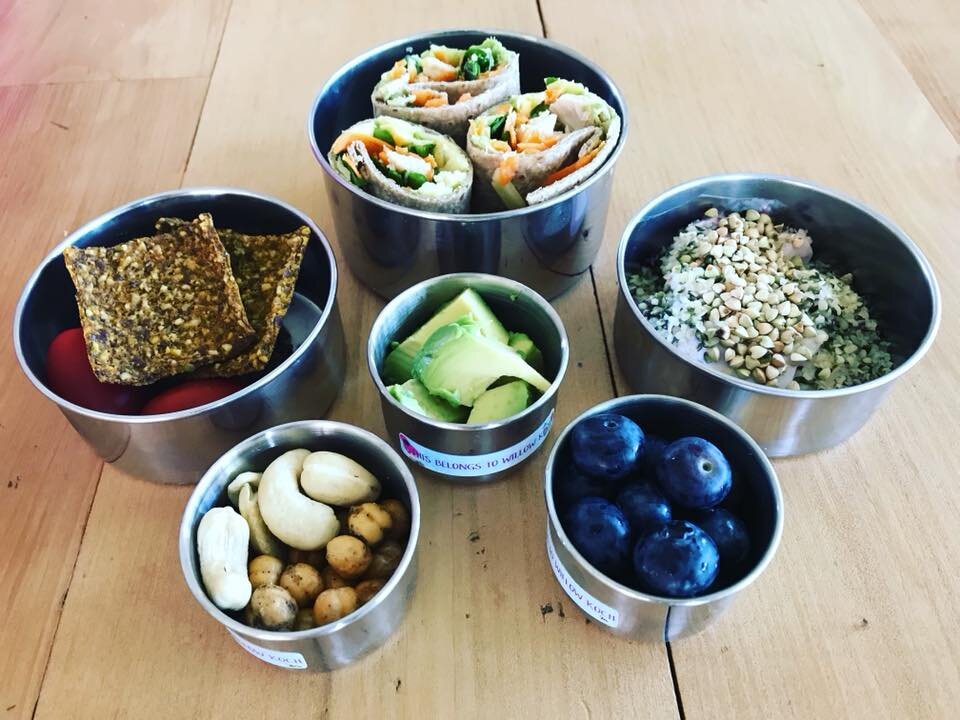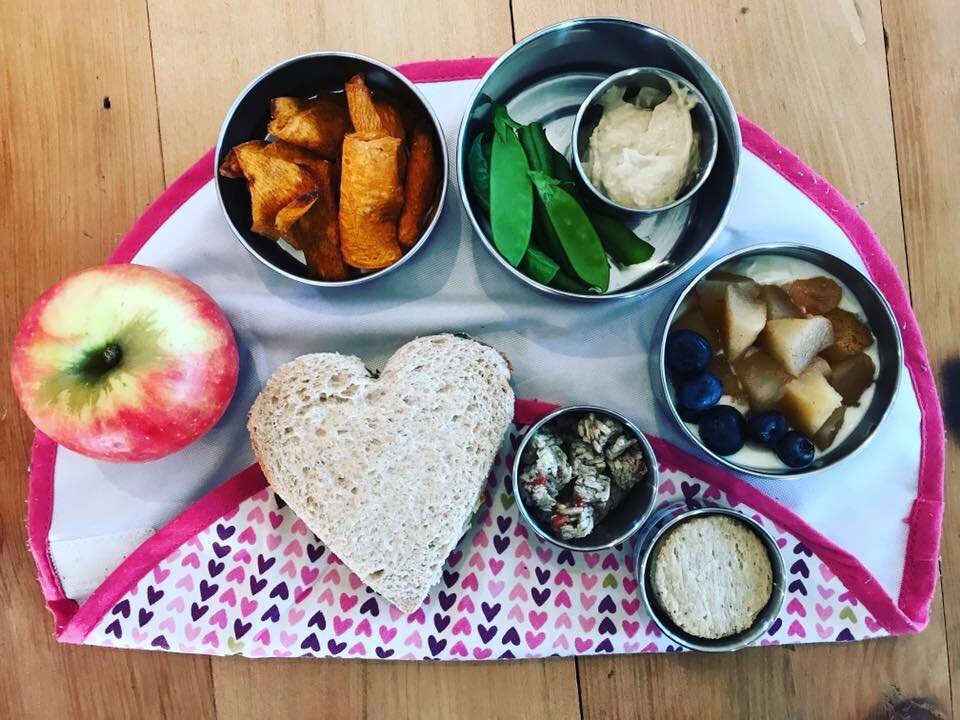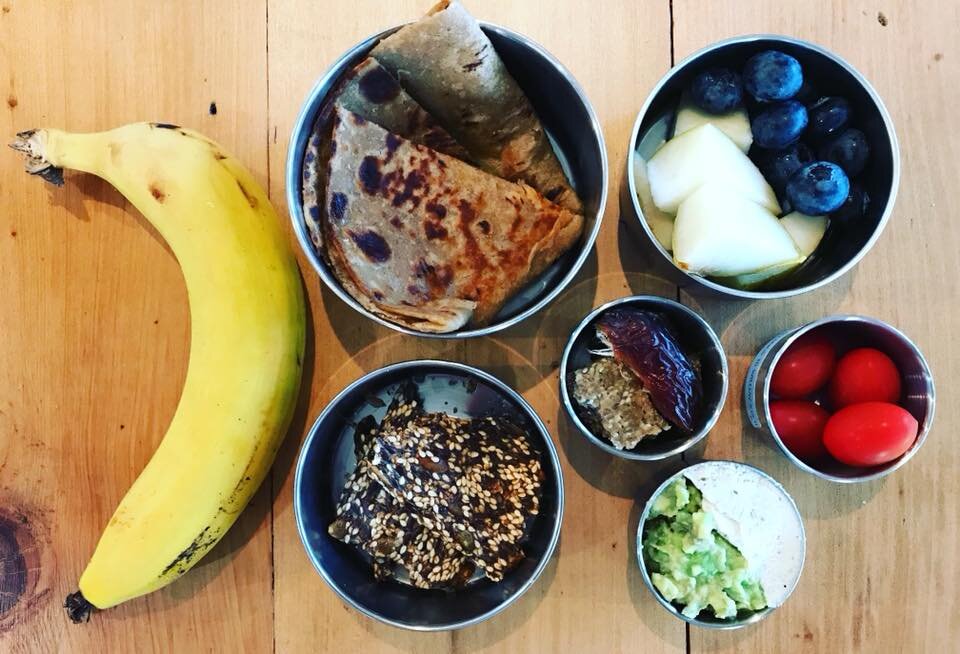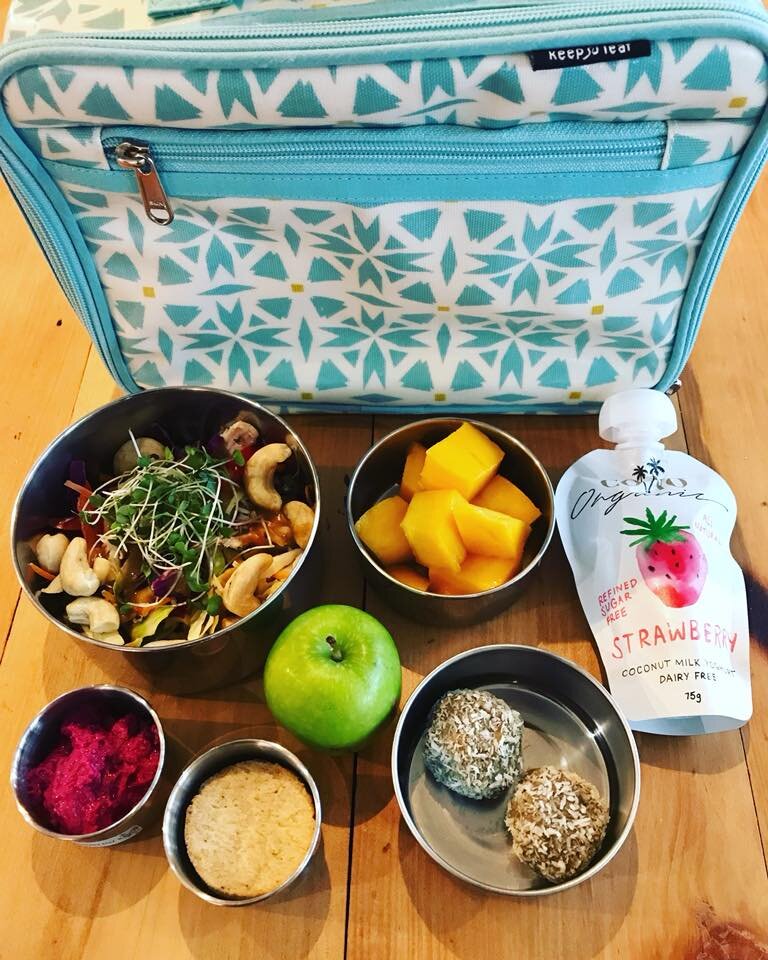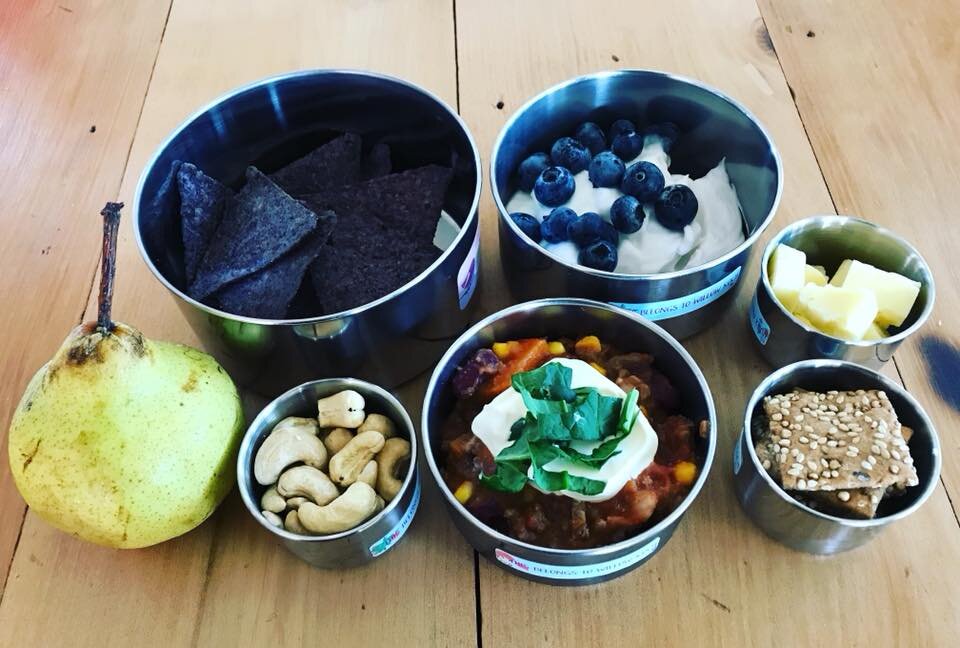In recent years, much scientific research has uncovered a fascinating and complex connection between our gut and brain called the gut-brain axis. This intricate communication network involves a diverse ecosystem of microorganisms living in our digestive tract, collectively known as the microbiome. Understanding the gut-brain axis and its influence on our physical and mental health has become an exciting area of study, shedding light on how our gut health impacts our overall well-being.
The Microbiome: An Ecosystem Within Us:
The human gut houses a diverse and dynamic community of microorganisms, including bacteria, viruses, and fungi, collectively known as the microbiome. The sheer number of these microbial inhabitants is astonishing; the gut contains trillions of microorganisms, comprising thousands of different species. Remarkably, these microbes can work together in harmony to perform various vital functions that impact our health.
Communication Pathways: The Gut-Brain Axis:
The gut-brain axis is a bi-directional communication network that links the gut and the brain through a series of complex pathways. These pathways involve neural, hormonal, and immunological connections, allowing constant information exchange between the gut and the brain. The vagus nerve, which runs from the brainstem to the abdomen, plays a crucial role in this communication, sending signals back and forth.
Impact on Mental Health:
One of the most fascinating discoveries in recent gut-brain axis research is its significant influence on mental health and well-being. The microbiome can produce neurotransmitters, such as serotonin and dopamine, which are essential for regulating mood and emotions. Additionally, gut microbes interact with the central nervous system and influence stress responses, anxiety, and depression. Imbalances in the gut microbiome have been linked to an increased risk of mood disorders and cognitive impairments.
Physical Health: Beyond the Gut:
Beyond its impact on mental health, the microbiome affects various aspects of our physical well-being. A balanced gut microbiome plays a crucial role in nutrient absorption, immune system regulation, and protection against harmful pathogens. Furthermore, gut microbes influence metabolism, weight management, and even the development of chronic diseases like diabetes and cardiovascular conditions.
Factors Affecting the Gut Microbiome:
Several factors can influence the composition and diversity of the gut microbiome. Diet is a significant determinant, with fiber-rich, plant-based diets fostering a more diverse and beneficial microbial community. Antibiotics, stress, lifestyle choices, and even birth methods (vaginal birth vs. cesarean section) can also shape the microbiome. Understanding these factors can help us make informed choices to nurture a healthy and resilient gut microbiome.
Nurturing a Healthy Gut-Brain Axis:
Maintaining a balanced gut-brain axis is crucial for overall well-being. Adopting a diet rich in fruits, vegetables, and probiotics can help support a diverse and thriving microbiome. Regular exercise, sufficient sleep, and stress reduction techniques can also positively influence the gut-brain axis. Additionally, avoiding unnecessary antibiotics and being mindful of medications that may affect the microbiome can be beneficial.
The gut-brain axis and the microbiome form a fascinating and intricate relationship that profoundly impacts our physical and mental health. With ongoing research, we continue to uncover the complex interplay between the gut and the brain. Nurturing a healthy microbiome through lifestyle choices and dietary habits has the potential to transform our well-being and lead to a happier, healthier life. Embracing the power of the gut-brain axis could be the key to unlocking a brighter future for our overall health and vitality.


